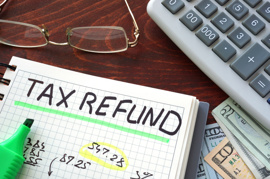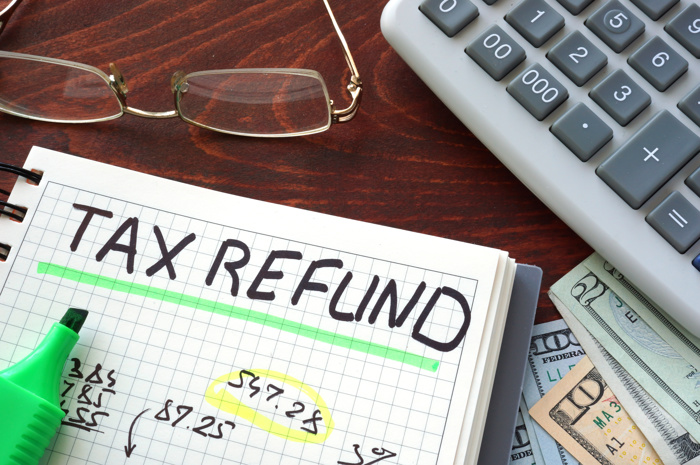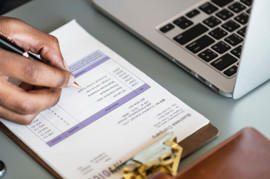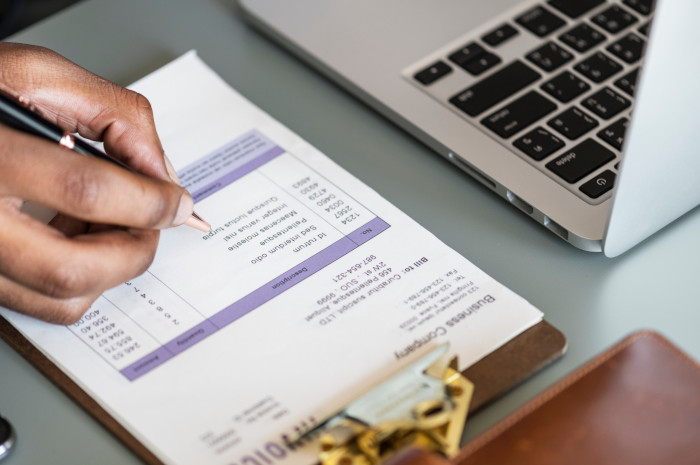What is Indexation?
In accounting, indexation is the technique used to adjust the value of purchases or assets in order to accommodate for inflation, by way of a price index. This process helps to uphold the “purchasing power” of money and allows for goods and services to remain consistent over time with rising prices. Indexation is usually applied to long-term investments and assets, as over long periods they will need to be revalued. Typically, companies will index the sale price of their goods and/or services with the costs of purchases the company makes. As the purchase prices generally rise over time, indexation helps businesses preserve their profit margins, supporting the company’s growth.
Ways to Index
Indexation has many benefits for limited companies and it is particularly helpful when disposing of assets and can help to reduce the company’s corporation tax liability. This is because the original purchase price of an asset will be worth a lot more in today’s money, and by the help of indexation, it reduces the capital gains (sale of asset price) which lessens the overall taxable income.
Wages and salaries can also be impacted by the indexation process; it adjusts the payments to employees based on the constant change of the cost-of-living index. This can vary throughout different geographic locations and companies might want to compensate their employees based on cost of living in their local areas. Salaries will be increased to keep in line with inflation, which again maintains the purchasing power of an employee's income. As well as salaries, pension funds can also be increased as a reaction to inflation through the indexation process.
Indexation allowance on chargeable gains and how to report it?
Typically, capital gains on any fixed asset disposals are calculated simply by taking the final sale amount and subtracting the original purchase price as well as any enhancements/improvements made to the asset before the sale. However, if the assets were purchased before December 2017, then you may qualify for indexation allowance, which helps reduce any corporation tax liabilities. Indexation allowance is simply the amount calculated and used to offset any taxable profits.
The Finance Act 2018 amended the indexation allowance rules, such that, for asset purchases pre- December 2017, if you dispose said asset after 1st January 2018, then the indexation allowance can only be calculated up to December 2017.
Steps to calculate the chargeable gain with indexation applied:
- Determine the amount the company received upon sale of the asset.
- Subtract the amount paid when the asset was purchased.
- If any enhancements were made to the asset before disposal, deduct these from the total.
- Then use HMRC's Indexation Allowance Guide for the month asset was sold. Then locate the inflation factor under the month and year when the asset was purchased. Use this to multiply by the purchase price of asset and deduct it from the total.
- Similarly, this applies for any enhancements made to asset. Multiple the inflation factor by the amount and deduct from the total.
This will then return the total chargeable gain. It's important to note that the indexation allowance is more than the gain, this cannot be used to change a chargeable gain to a chargeable loss. In this case, there is no chargeable gain to report (and no chargeable loss to claim); the tax liability is simply zero.
Example of indexation allowance (fixed asset purchased pre- December 2017):
Let’s say your company purchased an asset in April 2005 for £150,000, and was sold for £250,000 any time after December 2017. Let’s also say that there were enhancements to the asset that were made in December 2010 of £20,000.
Start by deducting the purchase price and the cost of enhancements away from the total disposal: £250,000 - £150,000 - £20,000 = £80,000 profit.
Since the asset was originally purchased in before Dec 2017, this disposal qualifies for indexation allowance. Take HMRC’s inflation factor at April 2005 (0.451) and multiply it by the purchase price: £150,000 x 0.451 = £67,650.
Take the inflation factor at December 2010 for the enhancement costs (0.218): £20,000 x 0.218 = £4,360.
Then take the allowance figures away from the profit to calculate the chargeable gain amount: £80,000 - £67,650 - £4,360 = £7,990.
The use of the indexation allowance in this case has helped to reduce the overall profits by £72,010, which will have a significant effect on reducing the company’s corporation tax liability, whilst still being able gain on the sale of the asset. HMRC's Indexation Allowance guide helps calculate the correct indexation allowance based on the Retail Price index rates for each month.
Computations for the CT600 return
In the case that you qualify for indexation allowance, you would need to upload a set of computations as a pdf with the complete calculations of both the allowance and the final chargeable gain amount. This is to support the claim of the chargeable gain that you have entered in the CT600 return form and this can be uploaded as a supporting document which will be attached to the CT600 return.
Through our software, you will be able to report any disposal of assets (as gains) that have been affected by indexation in our CT600 return templates.
Please feel free to check out our article on
Chargeable gains and how to report the disposal of assets in the CT600 return. Here it will guide you on completing the Chargeable Gain page on the CT600 return in our Easy Digital software.
Key Takeaways
Effectively, indexation is just a process of adjusting financial figures, like the price of assets, to compensate for the effects of inflation.
- Indexation helps to maintain the purchase power of goods, such that they keep the same value over long periods of time.
- To adjust with inflation, indexation can be used to modify amounts of salaries, pension funds and even tax brackets.
- When selling any assets, indexation allowance can be claimed to reduce any corporation tax liabilities.
This article is information only and has been prepared for general guidance on matters of interest only, and does not constitute legal, accounting, tax, investment or other professional advice or services. You should not act upon the information contained in this article without obtaining specific professional or legal advice. No representation or warranty (express or implied) is given as to the accuracy or completeness of the information contained in this article, and, to the extent permitted by law, Comdal Limited, its members, employees and agents do not accept or assume any liability, responsibility or duty of care for any consequences of you or anyone else acting, or refraining to act, in reliance on the information contained in this publication or for any decision based on it.






















